A new hotspot for cyclooxygenase inhibition
Prostaglandins, or PGs, are critical players in such physiological housekeeping functions as the regulation of renal water and sodium metabolism, blood clotting, parturition, and stomach acid secretion. These potent lipid signaling molecules are derived from the oxygenation of arachidonic acid by prostaglandin endoperoxide H synthases 1 and 2, commonly called cyclooxygenase-1 and -2, or COX-1 and COX-2.
Abnormal changes in PG production contribute to disease pathologies including inflammation and cancer, so researchers view COX-1 and COX-2 as pharmacological targets. Indeed, nonselective nonsteroidal anti-inflammatory drugs, or NSAIDs, such as ibuprofen, inhibit both isoforms, while coxibs such as Celebrex selectively inhibit COX-2.

COX enzymes are sequence homodimers; each subunit consists of physically distinct cyclooxygenase and peroxidase active sites linked by a bridging heme moiety. In solution, the enzymes function as heterodimers, such that only one subunit is catalytically active at a time.
Structurally, COX-1 and COX-2 are virtually identical. However, subtle differences drive isoform-specific substrate specificity and inhibition. Among these are the substitutions of cyclooxygenase channel residues Ile-434, His-513 and Ile-523 in COX-1 for Val-434, Arg-513 and Val-523 in COX-2, which result in the formation of a unique side pocket and increased volume of the cyclooxygenase active site in COX-2. This side pocket, with Arg-513 at its base, has been exploited in the design of coxibs aimed at reducing the gastrointestinal side effects caused by conventional NSAIDs.
Many researchers focus on time-dependent inhibition of COX-2, working to identify the conformational changes that drive the transitions between the kinetically observable inhibitor binding states. These studies originally focused on the COX-2 side pocket, but recent molecular dynamics simulations identified a different region of the active site critical for aspirin and Celebrex to inhibit COX-2. These simulations identified rotation of the side chain of the residue Leu-531, opposite the side pocket, as a way to expand further the volume of the cyclooxygenase channel. Indeed, crystal structures of COX-2 have provided evidence for the existence of alternate rotamer conformations for this side chain when different ligands are bound.
To evaluate the importance of the conformational flexibility of the side chain of Leu-531, our research group generated L531F and L531N mutations and showed that these substitutions reduced aspirin and Celebrex’s inhibition of COX-2. Thus, expansion of the active site volume via the flexibility associated with the side chain of Leu-531 allows Celebrex to achieve a high-affinity binding state and facilitates formation of the initial noncovalent complex in the case of aspirin acetylation.
Deciphering the protein conformational motions associated with COX catalysis and inhibition is the next major frontier in studying this enzyme. If we understand how the binding of substrates, allosteric activators and inhibitors induce conformational motions to modulate COX activity, we will be closer to developing and repurposing drugs for maximum efficacy with minimal risks.
Enjoy reading ASBMB Today?
Become a member to receive the print edition four times a year and the digital edition weekly.
Learn moreGet the latest from ASBMB Today
Enter your email address, and we’ll send you a weekly email with recent articles, interviews and more.
Latest in Science
Science highlights or most popular articles
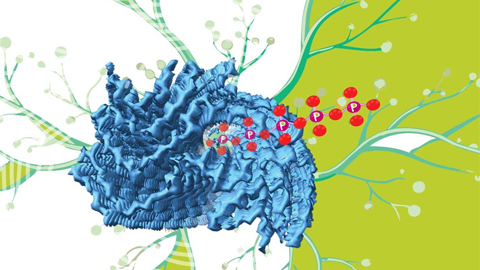
Finding a missing piece for neurodegenerative disease research
Ursula Jakob and a team at the University of Michigan have found that the molecule polyphosphate could be what scientists call the “mystery density” inside fibrils associated with Alzheimer’s, Parkinson’s and related conditions.
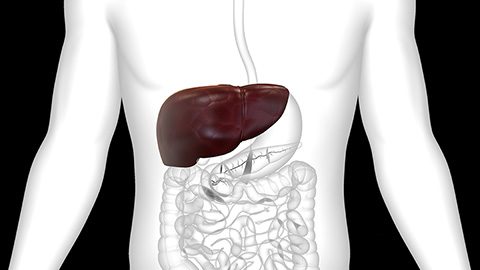
From the journals: JLR
Enzymes as a therapeutic target for liver disease. Role of AMPK in chronic liver disease Zebrafish as a model for retinal dysfunction. Read about the recent JLR papers on these topics.
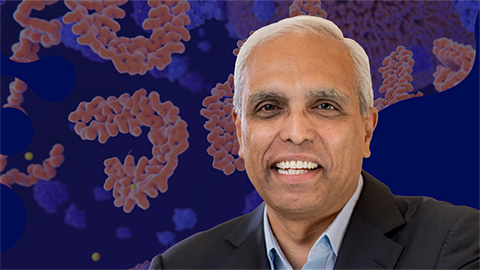
Computational and biophysical approaches to disordered proteins
Rohit Pappu will receive the 2025 DeLano Award for Computational Biosciences at the ASBMB Annual Meeting, April 12-15 in Chicago.

From lab to land: Crop modifications are fortifying our food supply against climate change
Scientists explore genetic and biochemical innovations fueling future-proofing agriculture
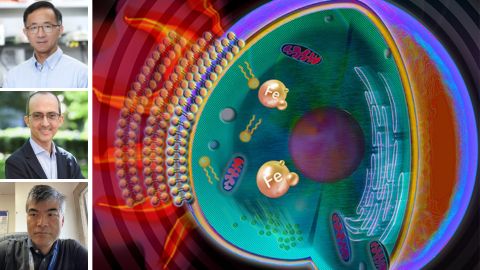
Join the pioneers of ferroptosis at cell death conference
Meet Brent Stockwell, Xuejun Jiang and Jin Ye — the co-chairs of the ASBMB’s 2025 meeting on metabolic cross talk and biochemical homeostasis research.
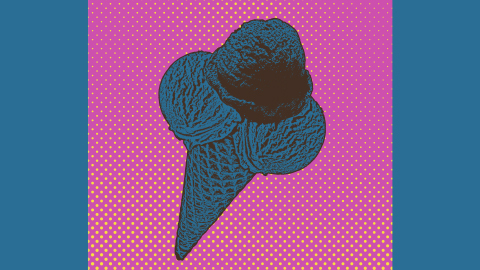
How antioxidant-enhanced ice cream is changing the game for frozen treats
University of Wisconsin scientists create a sweet treat with more nutrients and better stability using tannins

